The two parts of Henry IV parts 1 and 2 are very macho plays. Men drink, tell rude jokes, strut and lie their way into power and influence. In Globe to Globe's Latin American takes on the Bard, some hijo de puta and de puta madre seem fitting additions. In these two productions, machismo, in the style of the gangster or the swagger of the outlaw, was never in short supply. There were also many opportunities for cultural stereotypes to be referenced: the idea that gossips and chantas rule the country was played with in the Argentinian production of Part 2, the arrogant grandeur of the powerful smartly mocked. In the Mexican version of Part 1, the lazy borracho took a starring role.
Enrique IV, primera parte was performed by the National Theatre of Mexico, Enrique IV Segunda parte by Argentinian company Elkafka Espacio Teatral. The two pieces covered similar ground but were handled very differently. Young Mexican director, Hugo Arrevillaga, concentrated on bawdy wit, portraying Hal as an emerging hero and Falstaff as buffoon, while Argentine director Ruben Szuchmacher's darker perspective had the conspiring court shown as faceless secret service men and Hal as a spoilt, overgrown public schoolboy.
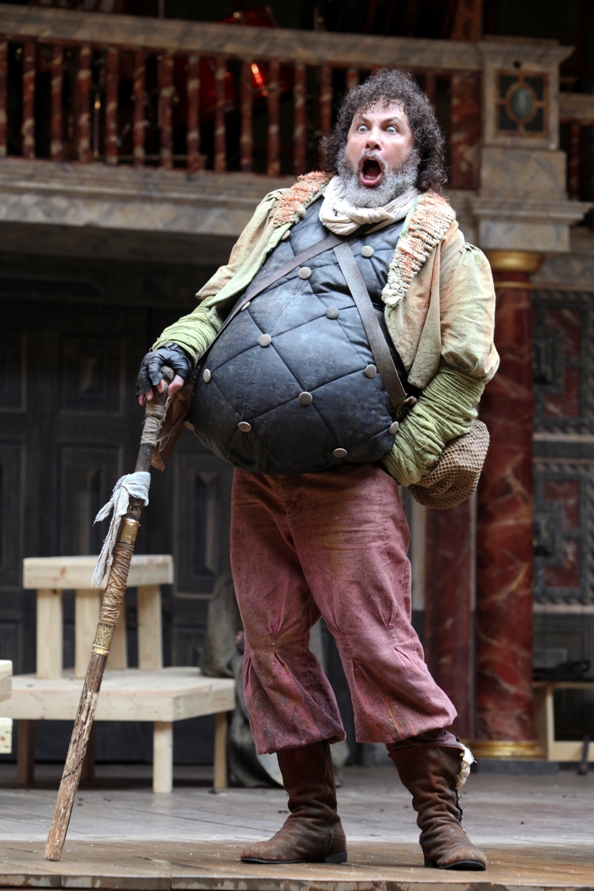 As in much of this season, where the surtitles are synopses rather than translations and the audience may not speak the language of the performance, much work was done through costume design. The medieval style of the Mexican production harked back to the era of the play's first recorded performances: men in tunics and ragged layers, the king in a golden cloak. The twist was that these gypsies were also tattooed and tie-dyed. The set consisted of wooden ramps and platforms arranged in different configurations for each scene. As they interacted the men ran and jumped off these, creating an energy and dynamism that brought urgency to the political manoeuvrings. Constantino Moran played Hal with a well-judged smug elegance while Claudio Lafarga's Poins and David Calderon's Hotspur gave the work a wonderfully raw physicality.
As in much of this season, where the surtitles are synopses rather than translations and the audience may not speak the language of the performance, much work was done through costume design. The medieval style of the Mexican production harked back to the era of the play's first recorded performances: men in tunics and ragged layers, the king in a golden cloak. The twist was that these gypsies were also tattooed and tie-dyed. The set consisted of wooden ramps and platforms arranged in different configurations for each scene. As they interacted the men ran and jumped off these, creating an energy and dynamism that brought urgency to the political manoeuvrings. Constantino Moran played Hal with a well-judged smug elegance while Claudio Lafarga's Poins and David Calderon's Hotspur gave the work a wonderfully raw physicality.
In Szuchmacher's Shakespeare the actors were much more still. Sharply suited and expressionless behind sunglasses, the king's men calmly and ruthlessly met in the corridors of power to fight over control the country. The styling throughout was ingenious: Falstaff's motley crew wore rolled-up Adidas tracksuit bottoms, studded denim waistcoats and baseball caps and even the prostitutes were fabulously dressed with Mistress Quickly's pink punk hair almost stealing the show.
In both productions, the fat knight Falstaff came across as a boastful, overdressed pendejo gordo. While in part one, Roberto Soto didn't really move past playing the character for laughs (pictured above right), the Argentinian Falstaff elicited far more sympathy, showing an aging man forced to face rejection and decline. He also used the realpolitik of the court to deliver more of a satirical punch and as we watched the young prince's pranking, for the English in the audience echoes of our own leaders' antics in the Bullingdon Club were never far away.

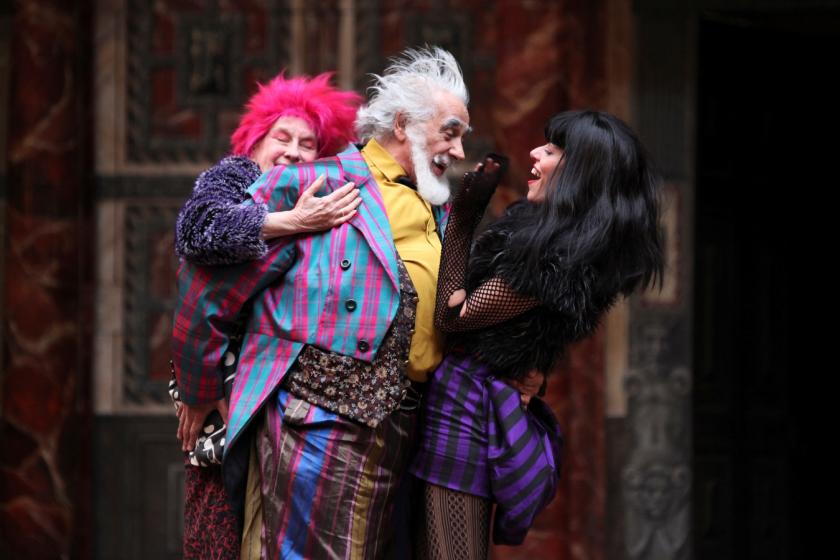



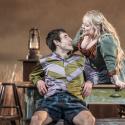

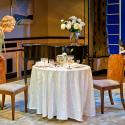
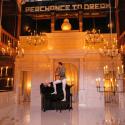
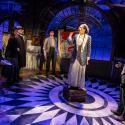
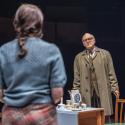
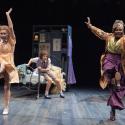
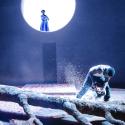
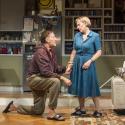
Add comment